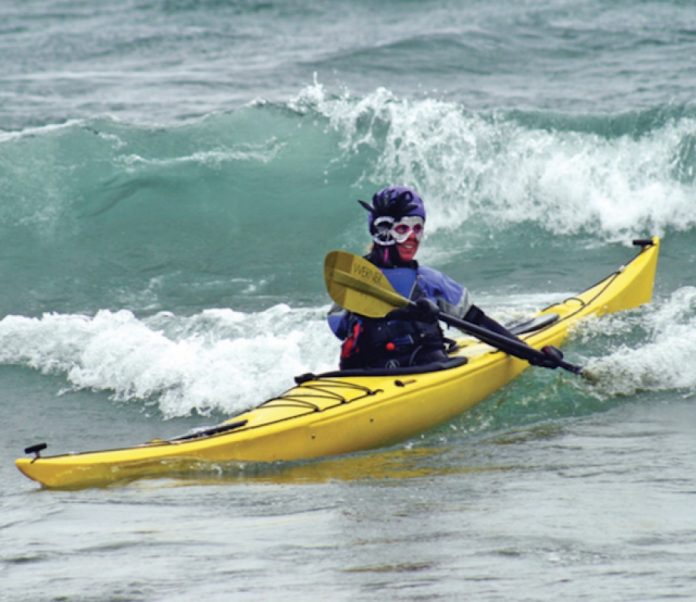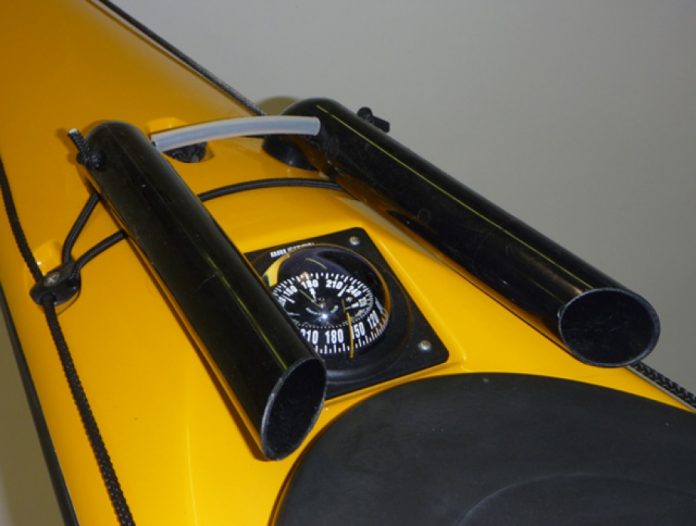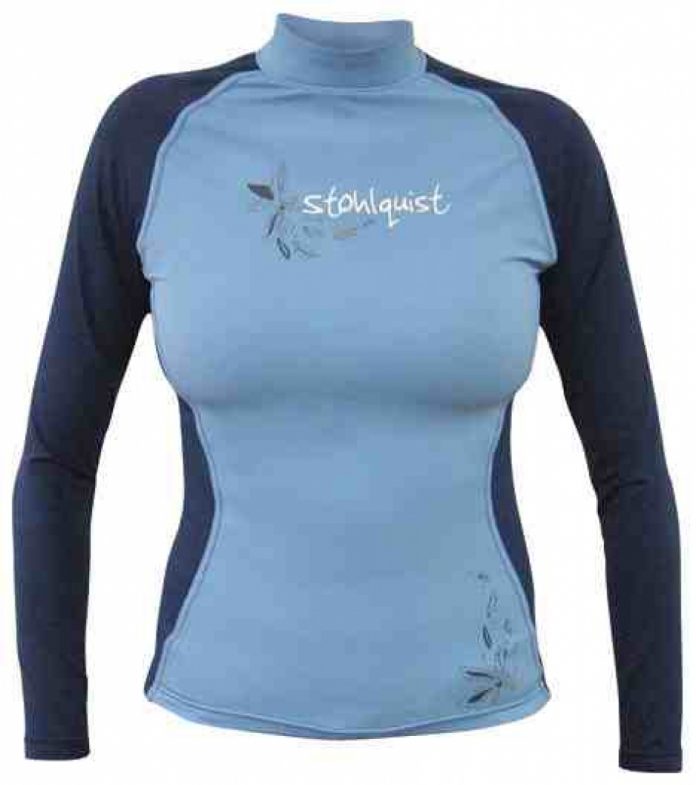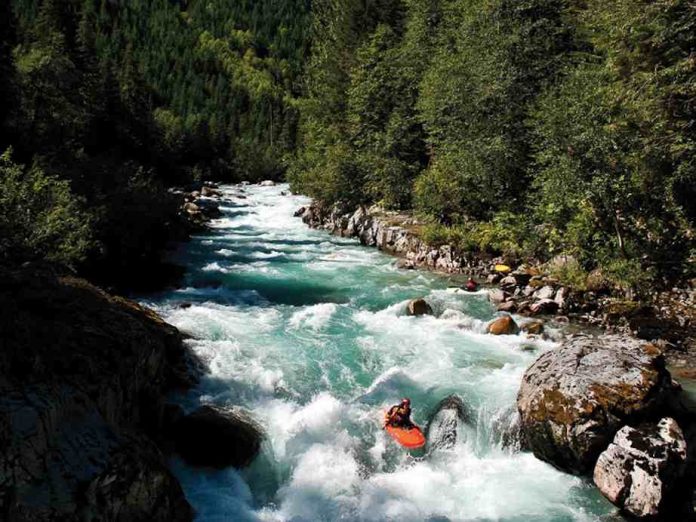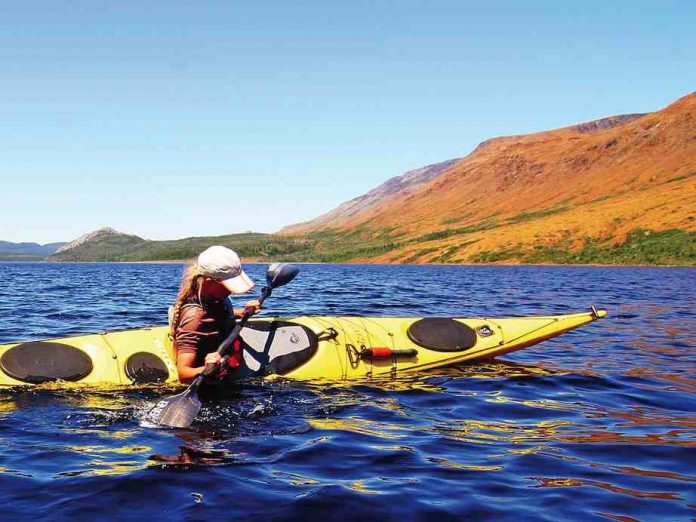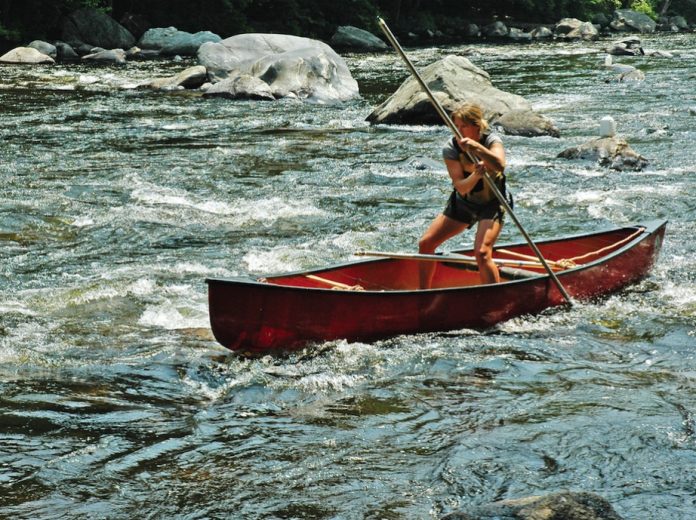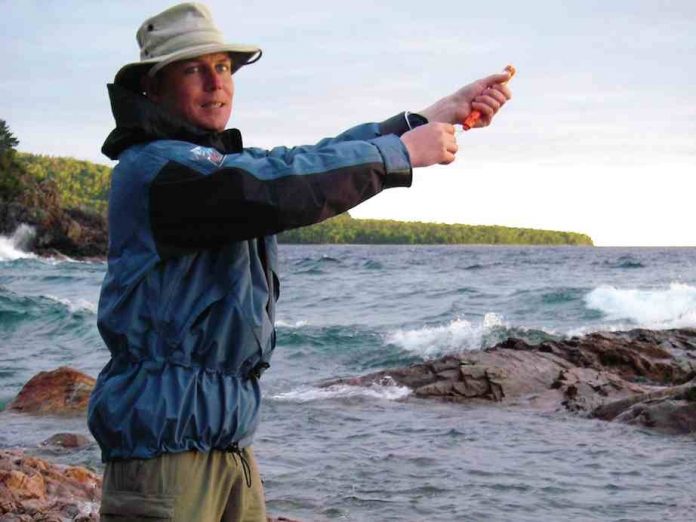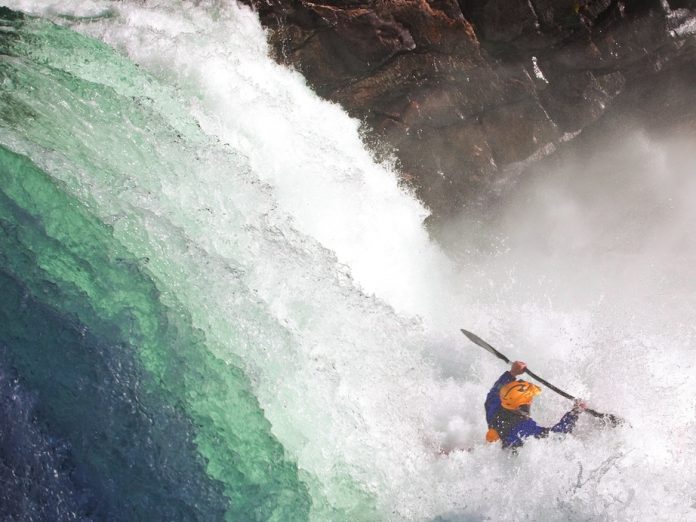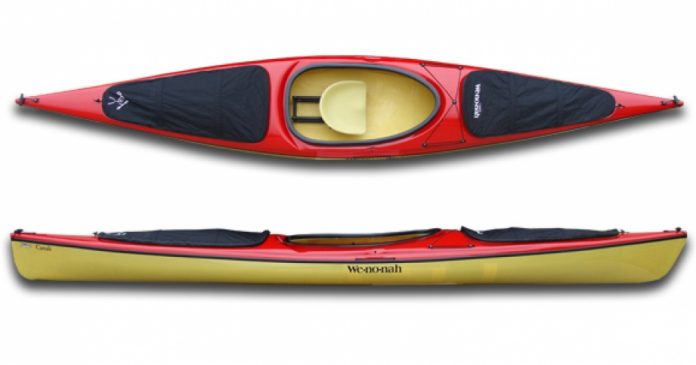My first kayaking mentor called them Dates from the Dock.
Paddling moves so eye-catching, so linger-and-watch-awhile eccentric that some didn’t even involve paddling. Skills that were strange, but in a good way, like Ellen Page’s deadpan quips in Juno or Reese Witherspoon’s legal methodology in Legally Blonde.
Preoccupied with the only relationship that mattered just then—between the kayak and myself—waterfront seduction was furthest from my mind. Still, I practiced diligently.
Awkward, one-armed high brace turns eventually transformed into gracefully edged parabolas while I waved coquettishly to imaginary suitors. I sculled ever closer to the water until I could dip all the way down for a drink and then, lips pursed and cheeks puffed, squirt it skyward like a Roman fountain. My angel roll approached something almost angelic. Venus de Milo riding a kayak instead of a seashell.
Since those early revelations, I’ve heard messing around like this in your kayak called many different things, and seen it taught and practiced by some of the best instructors and paddlers.
{loadposition PTG_AK_Midcontent}
“I realize now that Dates from the Dock was just a ploy to divert my attention.”
BCU Senior Coach Derek Hutchinson is a proponent of moves like the aforementioned, one-armed high brace turn (a.k.a. Hutchinson Turn) because, he says, they get paddlers “beyond the cockpit” and experimenting with greater boat lean and edging. The legendarily dogmatic Hutchinson should know—he penned the first book on sea kayak education (The Complete Book of Sea Kayaking, now in its 5th edition), has designed over a dozen kayaks (maybe even yours—paddle a Current Designs Gulfstream, Sirocco or Andromeda?) and is regarded by many as the Father of Modern Sea Kayaking.
Sea Kayak Baja Mexico and Columbia River Kayaking owner/operator Ginni Callahan advocates jousting with pool noodles whilst standing in cockpits.“Games are a great way to practice skills and get more comfortable with the water,” she says, “as well as good exercise for the paddling and laugh muscles.”
Case in point: For the better part of a decade, Michigan-based instructor, kayak impresario and occasional stand-up comedian Kelly Blades’ kayak play workshops have drawn euphoric crowds at symposiums across the country. Participants take a break from bracing drills, video analyses and stroke improvement clinics to clamber around on the decks of their kayaks, spin around in their cockpits and—a move too often shunned by serious sea kayakers—splash frequently and spectacularly into the water.
I realize now that Dates from the Dock was just a ploy to divert my attention while the practical skills underlying each party trick developed unbidden.
Perhaps the only thing such shows of panache haven’t succeeded at (in my experience, at least) is seducing an actual date off the dock.
Virginia Marshall is Adventure Kayak’s senior editor.
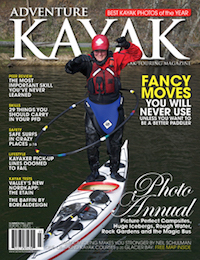 This article first appeared in the Summer/Fall 2011 issue of Adventure Kayak Magazine. For more great content, subscribe to Adventure Kayak’s print and digital editions here.
This article first appeared in the Summer/Fall 2011 issue of Adventure Kayak Magazine. For more great content, subscribe to Adventure Kayak’s print and digital editions here.



